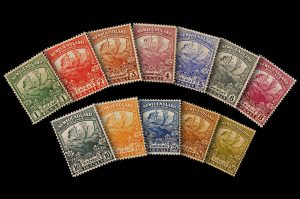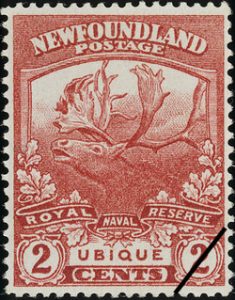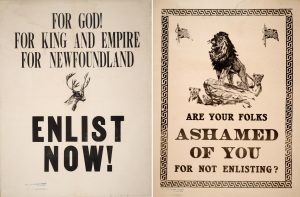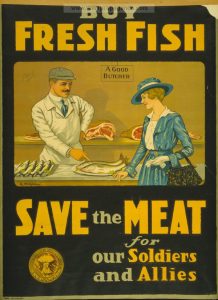ARCHIVAL MOMENT
April 25, 1915
ANZAC (Australian and New Zealand Army Corps) Day is Australia and New Zealand’s most important national day of commemoration. The day marks the anniversary of the first major military action fought by Australian and New Zealand forces on 25 April, 1915 in Gallipoli, Turkey.
The Australians and New Zealander’s stayed together and fought the Turks for eight months. They took part in battles that are forever etched in the military consciousness of their countries. In one battle alone at a place called Lone Pine, the Australians lost close to 2,200 men.
They won the ground and seven Victoria Crosses were earned in the process.
Six months after the ANZAC forces had landed 1,076 Newfoundlanders came ashore along the shores of the Dardanelles Strait on September 20, 1915. The Newfoundlanders spent the first months digging trenches and keeping long night watches, spending time on the front line learning trench warfare techniques from the ANZAC forces (they had been dubbed with the nickname diggers).
The number of Australian and New Zealand casualties ran high, New Zealand: 2721 and Australia approximately 8700.
The lack of a military breakthrough convinced the Allies it was time to withdraw from Gallipoli. It was decided the Newfoundland Regiment would help in the difficult task of covering the evacuation of Allied troops onto waiting ships. This rearguard operation went well and the Newfoundlanders were among the last Allied soldiers to leave Turkey in January 1916.
During the almost four months the Newfoundland Regiment fought at Gallipoli, approximately 30 men died in action and 10 more died of disease.
Gallipoli was the first of many battles that would earn the Newfoundland Regiment an impressive reputation during the First World War. The Newfoundland Regiment would go on to fight with distinction in Belgium and France throughout the rest of the conflict. The regiment even earned the title “Royal” in 1917 in recognition of its exceptional service and sacrifice—the only regiment to be honoured this way by the British during the war.
The “Trail of the Caribou” designed to trace the path of the Royal Newfoundland Regiment through its engagements in the First World War, consists of six large caribou statues cast in bronze. Each caribou, the symbol of the regiment and the province (then-dominion), stands facing the enemy line with its head thrown back in defiance, a symbol of Newfoundlanders’ bravery and fortitude in battle.
A replica of the six caribou are at Beaumont Hamel, Gueudecourt, Monchy-le-Preux, Masnieres and Courtrai, all sites where the Royal Newfoundland Regiment fought for King and Empire. A replica also stands in Bowring Park in St. John’s. There are on going conversations with the government of Turkey about the possibility of establishing a monument at Gallipoli.
So it’s over the mountain and over the sea
Come brave Newfoundlanders and join the Blue Puttees
You’ll fight the Hun at Flanders and at Gallipoli
Enlist you Newfoundlanders and come follow me
Recommended Archival Collection: The Rooms Provincial Archives VA 36 This collection consists of photographs related to the Royal Newfoundland Regiment in the Great War. The collection consists of two photograph albums which have been dismantled, as well as individual items. One album was apparently compiled in 1915-1916 in recognition of the services of Newfoundland Regiment soldiers during the Gallipoli campaign. (Note: Originals are restricted for conservation reasons. Digital scans available.)
Recommended Exhibit: At the Rooms, Beaumont Hamel: The Trail of the Caribou. The First World War had a profound impact on Newfoundland and Labrador. It involved thousands of our people in world-changing events overseas and dramatically altered life at home. Our “Great War” happened in the trenches and on the ocean, in the legislature and in the shops, by firesides and bedsides. This exhibition shares the thoughts, hopes, fears, and sacrifices of Newfoundlanders and Labradorians who experienced those tumultuous years – through their treasured mementoes, their writings and their memories. https://www.therooms.ca/exhibits/now/beaumont-hamel-and-the-trail-of-the-caribou
Recommended Activity: On April 25th visit the War Memorial in your town and remember the men of Newfoundland and Labrador who stood with ‘the diggers’ at Gallipoli, Turkey.
Recommended Web site: http://www.veterans.gc.ca/pdf/cr/pi-sheets/gallipoli-eng.pdf
Recommended Song: Great Big Sea: Recruiting Sergeant: http://www.wtv-zone.com/phyrst/audio/nfld/04/recruit.htm















